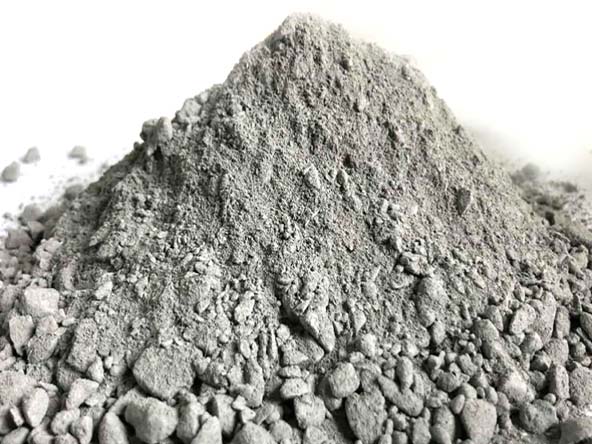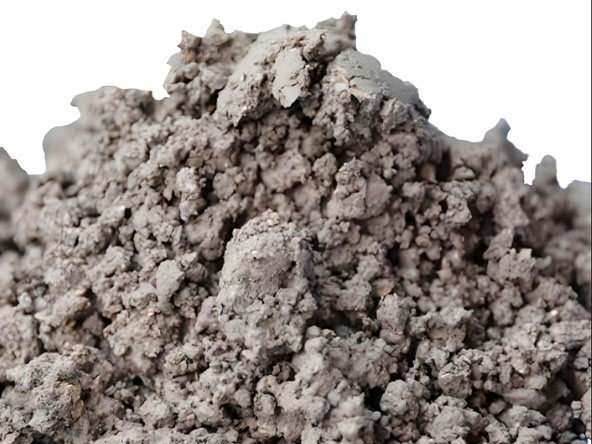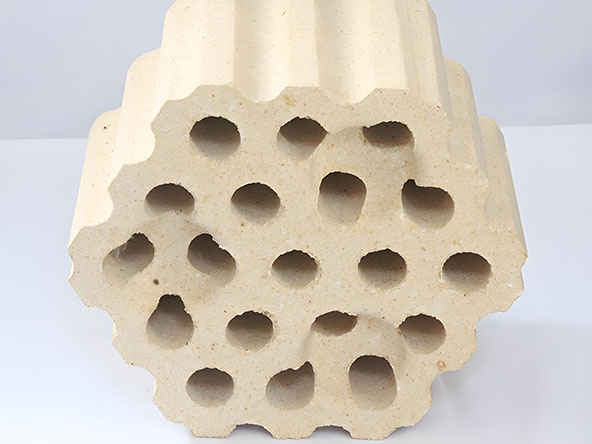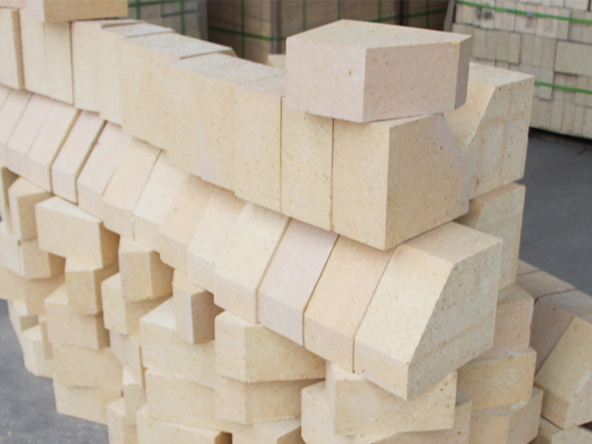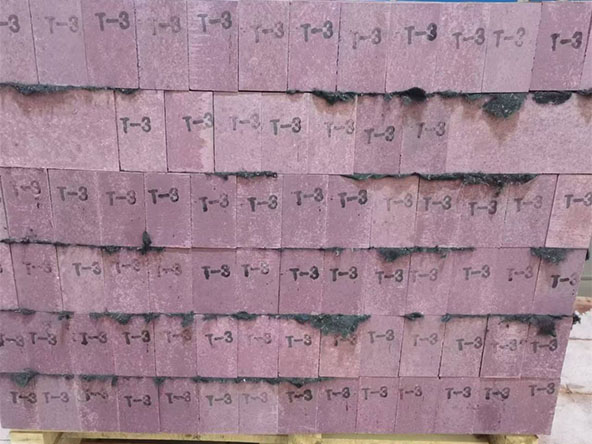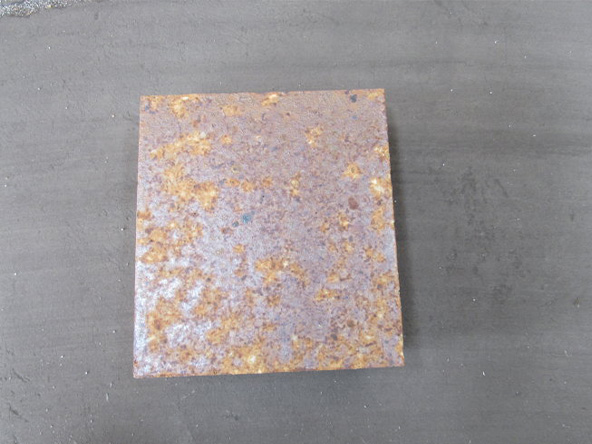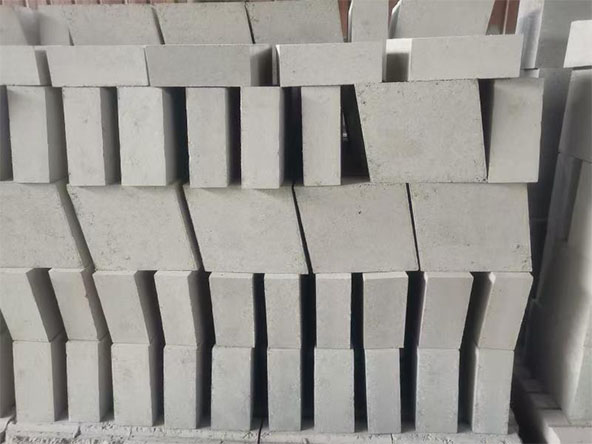Product Introduction
The aggregate of refractory plastic has good high temperature stability and is mixed with plastic clay. It has strong plasticity and can be made into flakes and blocks. The binder is added during construction, and the mixture is compacted or rammed, and after baking, a dense lining is formed.
Product Advantage
- Plastic refractory has strong plasticity and is easy to construct, especially during kiln maintenance.
- After construction is completed, it does not need to be baked and can be put into use directly as the furnace temperature rises.
Product Data
| Items | Fireclay platic refractory | High alumina platic refractory | Corundum platic refractory | ||
| Chemical(%) | Al2O3 | 40 | 45 | 60 | 80 |
| SiO2 | 50 | 45 | 30 | 12 | |
| Bulk density g/cm3 | 110℃×24h | 2.2 | 2.3 | 2.4 | 2.6 |
| 1100℃×3h | 2.1 | 2.15 | 2.3 | 2.5 | |
| Modulus of rupture (MPa) | 110℃×24h | 3.5 | 4.5 | 5.5 | 5.5 |
| 1350℃×3h | 35 | 40 | 45 | 50 | |
| Reheat linear change(%) | 1100℃×3h | -0.5 | -0.4 | -0.7 | -0.4 |
| 1350℃×3h | 0.5 | 0.5 | 0.7 | 0.6 | |
| Plasticity Index | 15-25 | 15-25 | 15-25 | 15-25 | |
Application Field
Plastic refractory are used on the tops of various kilns and can also be used when repairing various kilns. It is convenient and quick. When repairing the top of the furnace, refractory plastics can be used without baking. As the furnace temperature rises, it can be used. It is mostly used for boiler and furnace lining maintenance.

